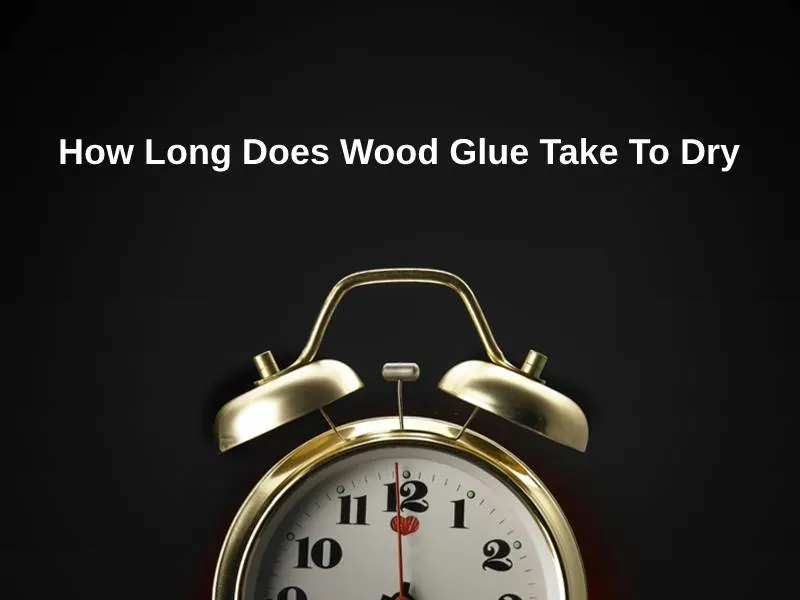Exact Answer: 24 hours
Every task needs the right materials to be completed successfully. Some manufacturers and companies make certain equipment and everything else necessary that can be used for various industrial and household tasks. Many things in the world can be modified and created based on where it is being used. One of the most vital essentials anyone must have at hand any time, is, of course, glue.
There are different types of glues in the world and they are made out of various materials and ingredients based on their purpose of usage. Glue can be used to make things stick together and the material can be anything together, all one has to do is choose the right glue. Some glues can stick even metal and wood together. Wooden glue is a must-have for carpenters and anyone who is in the field of construction.
The time taken for the wood glue to dry and cure is based on various factors and almost every wooden glue dries in above 24 hours. Every glue applied must be dried properly or else it will not stick in place.

How Long Does Wood Glue Take To Dry?
| Type | Time |
| Polyvinyl acetate (PVA) | 30 minutes to 24 hours |
| Polyurethane | 2 hours to 24 hours |
| Epoxy | 6 hours to 24 hours |
When one wants to repair wooden furniture without using screws and hammers, using wood glue is a great option. It is not only easy, but they also look better. Using wooden glue is a great idea because the fix is invisible. They can be used for fixes like creating permanent bonds when renovating wooden chairs or when a small piece or area of wooden laminate is split out, peeling off or lifting off the surface it is attached to. Workers in construction sites and home woodworkers both use wood glues in fixing and creating new wooden furniture.
Wherever they are used, at whatever time, it is very important to let the glue dry properly. When it doesn’t cure and dry properly, the glue will come off and the fix will be of no use. Most of the time, a clamp will also be needed for the joint while drying. Though a length of paper tape can be used on the joint while the glue dries, it is only so much effective for minor repairs. For repairs a little larger, it is better to use woodworking clamps.
The clamps as well as the wood glue are not expensive, yet very effective.
Why Does It Take That Long For Wood Glue To Dry?
Drying and curing are very different, as drying is referred to as the time taken for the glue to dry well enough to be touched. Curing time is longer than that, and it lasts as long as the chemical reaction between the wood and glue lasts. After the glue dries well, the clamp can be removed as the joint will be secure enough. The drying time can differ based on multiple reasons like the type of glue, how well it is preserved while it is drying, and much more.
The common type of glue includes polyvinyl acetate, otherwise commonly known as PVA or white glue. Though the glue can be clamped for about 30 minutes, it can take about a day for the glue to cure fully. Polyurethane can be used to fill the gaps and cracks between many other different materials, not only wood and the time of clamping is about 2 hours, while the curing time is around a day.
Conclusion
The epoxy contains both the resin and the harder and it is thicker than the other wood glues. They are used for minor repairs and since they are thick, they are waterproof and can be screwed or drilled into. While rapid-set epoxy takes about 6 hours to cure, the normal types take around a day almost. Cyanoacrylate, otherwise known as superglue dries every quickly and fixes small repairs in minutes and the curing time is about 8 hours to a day.
Other reasons why wood glue takes time to dry can be based on the temperature of the air, humidity, and moisture content in the wood, and the environment. Some wood glue is water activated, while some can lose its power when they are exposed to water. It is necessary to look after the drying area and maintaining the right conditions.